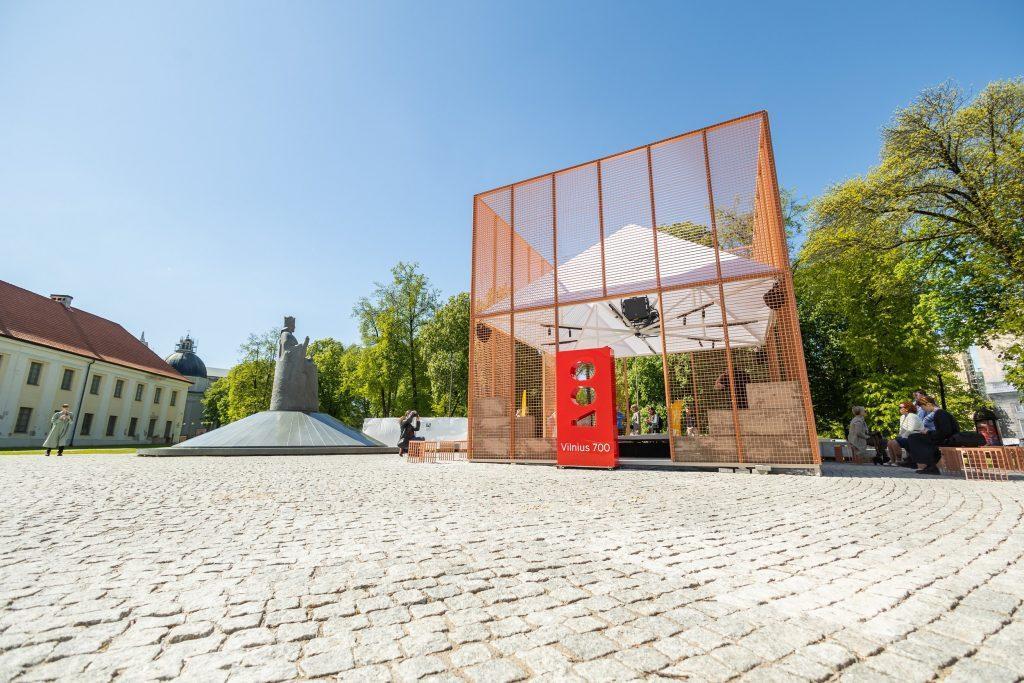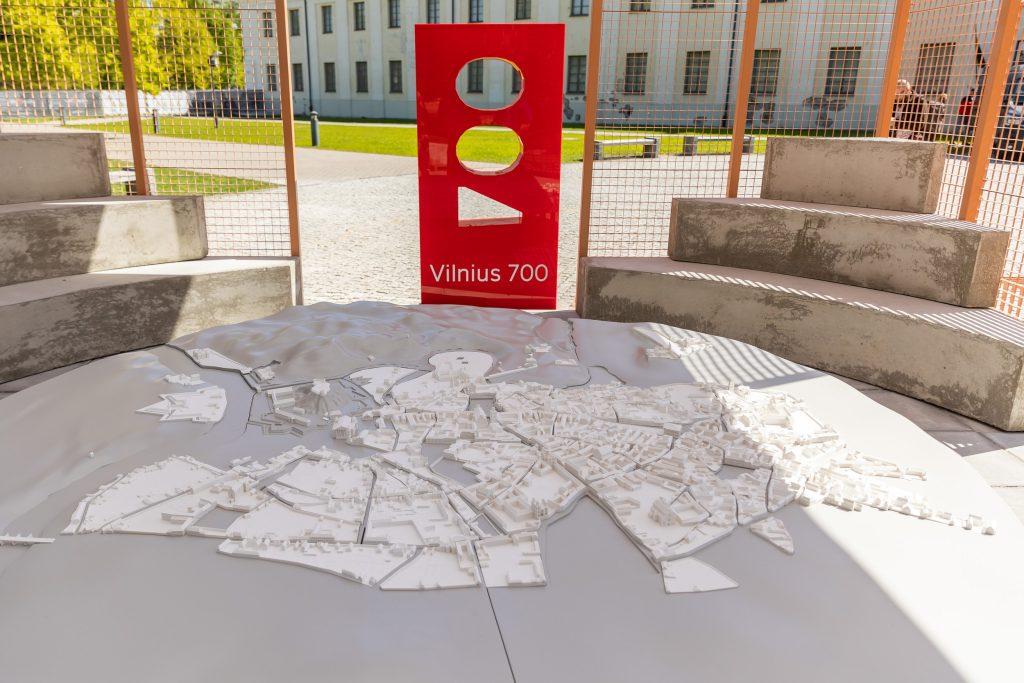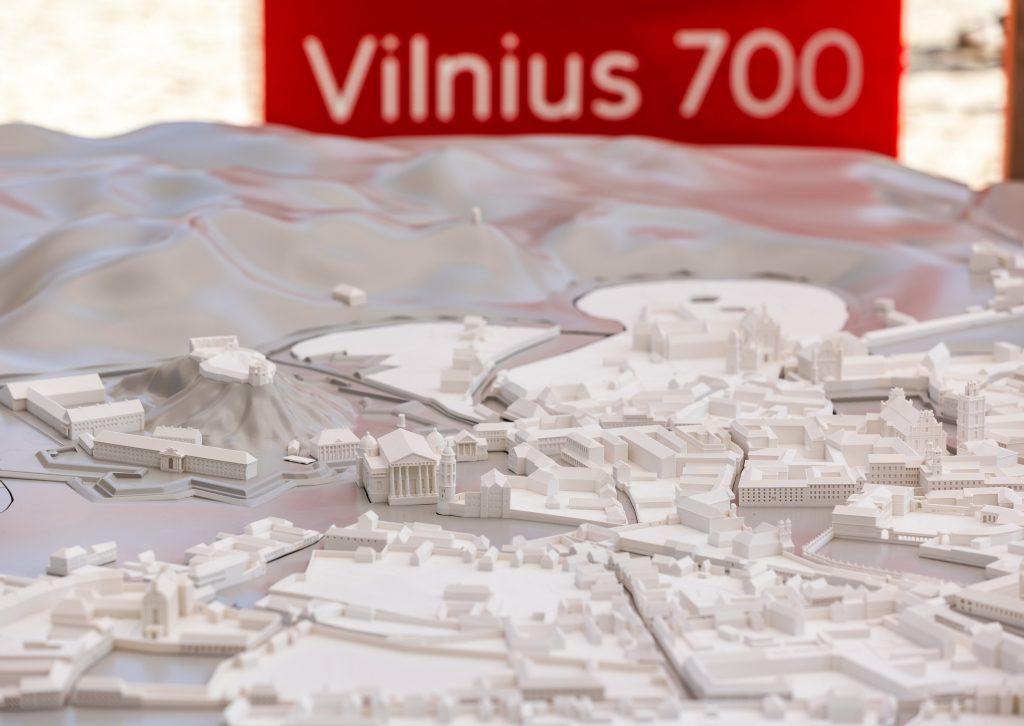Pavilion: Vilnius 200 Years Ago
The Lithuanian National Museum’s project “Pavilion: Vilnius 200 Years Ago”, created on the occasion of the 700th anniversary of Vilnius, gave an opportunity to see what the city looked like in the last quarter of the 18th century and the first half of the 19th century. The image of Vilnius at that time and the story of its inhabitants brought history to life and invited people to experience the old city in a lively and intimate manner.
From 13 May 2023 to 15 October 2023, Vilnius residents and visitors had a possibility to see a unique model of the old city in a specially created pavilion. The retrospective view of the city, complemented by modern technologies, allowed to see not only the changes in the city’s topography, urban planning or buildings, but also the social and cultural phenomena of the city life.
Discover Vilnius as it was 200 years ago
The gift to the city and its residents has provided access to a never seen before study of Vilnius, its architecture and inhabitants 200 years ago. Visitors to the pavilion were able to find information about the city at that time, interesting personalities, the realities of past Vilnius residents, various stories of everyday life and much more.
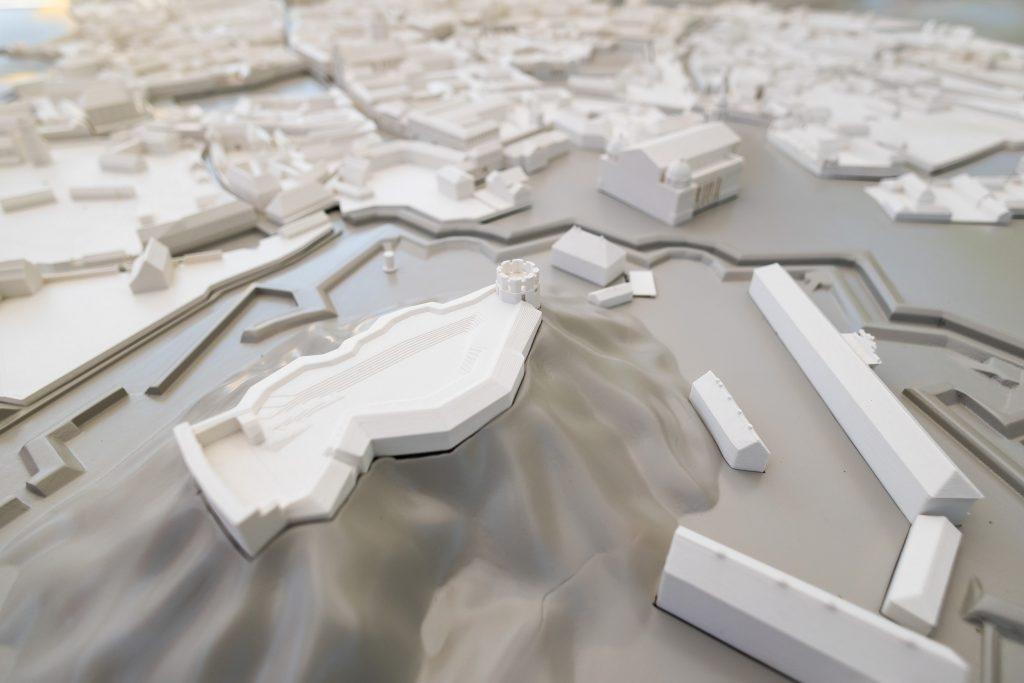
This project revealed a unique and little-known face of Vilnius: the topography of the city, the Old Town and the suburban development of the time have been lost to a large extent. Interactive solutions in the layout allowed to visualise various realities of everyday life, changes after the uprisings of 1794 and 1831, and to recreate the stories of the people who lived in the city. Vilnius residents and visitors could closely explore how their favourite places, the streets of the Old Town or the symbols of the city, which are popular with tourists, looked like a couple of hundred years ago. Newly created thematic stories about the city and life at that time gave a glimpse of the city through the eyes of the people of the past.
In search of the lost Vilnius
“Pavilion: Vilnius 200 years ago” is a project based on the scientific study of iconography and written sources, which allows for the creation of a wide range of interesting experiential and educational activities. The idea of presenting the city with a model of Vilnius 200 years ago on the occasion of the anniversary of Vilnius came about after the National Museum of Lithuania acquired a cartography of the city and images of all the buildings from the first third of the 19th century. This is a unique archive that gives a very complete picture of Vilnius 200 years ago.
City models have always been of great interest to viewers. They show either the present situation, the distant past or sometimes the future. This kind of work helped to develop the imagination and to understand the urban fabric of a city. Interactive tools allow you to turn back the clock and discover how houses changed their owners, who lived in which neighbourhoods, which buildings have survived to this day, which houses of worship were visited by residents, where the city’s elite and cultural figures lived, where the 18th- and 19th-century residences were located, where the buildings were occupied and seized by the Russian administration and the locations of defensive structures.
The National Museum of Lithuania made public the stages of the layout and its content development, from which the final result emerged at the end of the year. The process of creating the city layout was complemented by educational and awareness-raising events, introducing Vilnius and its residents in the 19th century. The model became a mediator between the 19th century Vilnius residents and today.
An exclusive long-term gift for the city
The model of Vilnius was presented in a temporary pavilion built especially for it. On the occasion of the 700th anniversary of Vilnius, discussions, lectures and engaging workshops were held to help to get to know Vilnius in the 18th and 19th centuries. This is a great opportunity to explore the city’s past on your own, by looking at places or stories that are important to you. Especially for schoolchildren, to whom “Pavilion: Vilnius 200 years ago” gave the opportunity to get up close and personal with the city’s history.
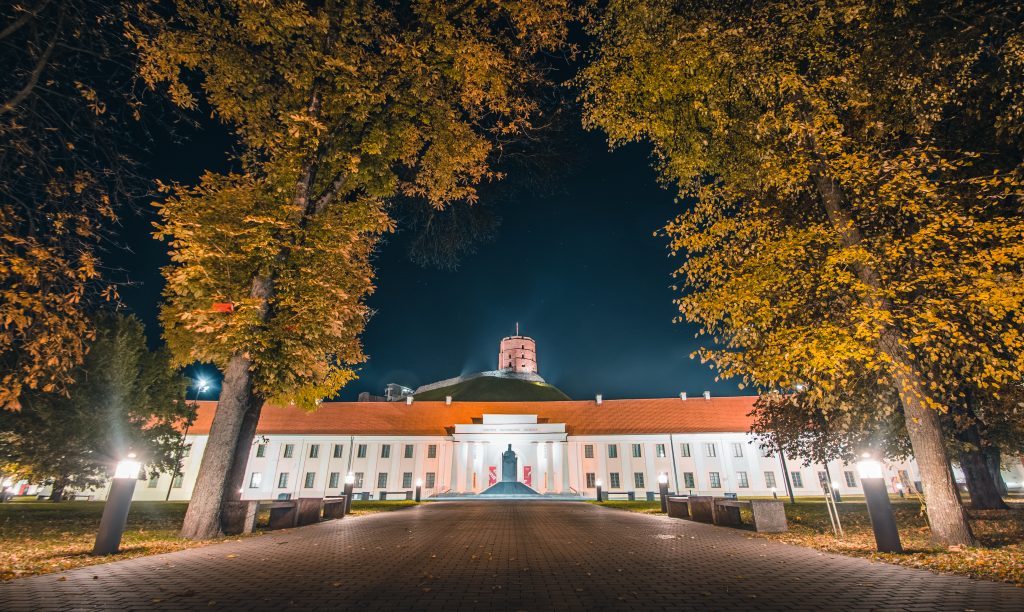
The project also involved national minorities, allowing them to learn about the role and importance of their community in the context of Vilnius’ history. “Pavilion: Vilnius 200 Years Ago” was born out of careful research by art historians at the National Museum of Lithuania, which has made it accessible not only to citizens but also to tourists. The historical content of the project was made available in Lithuanian and English.

